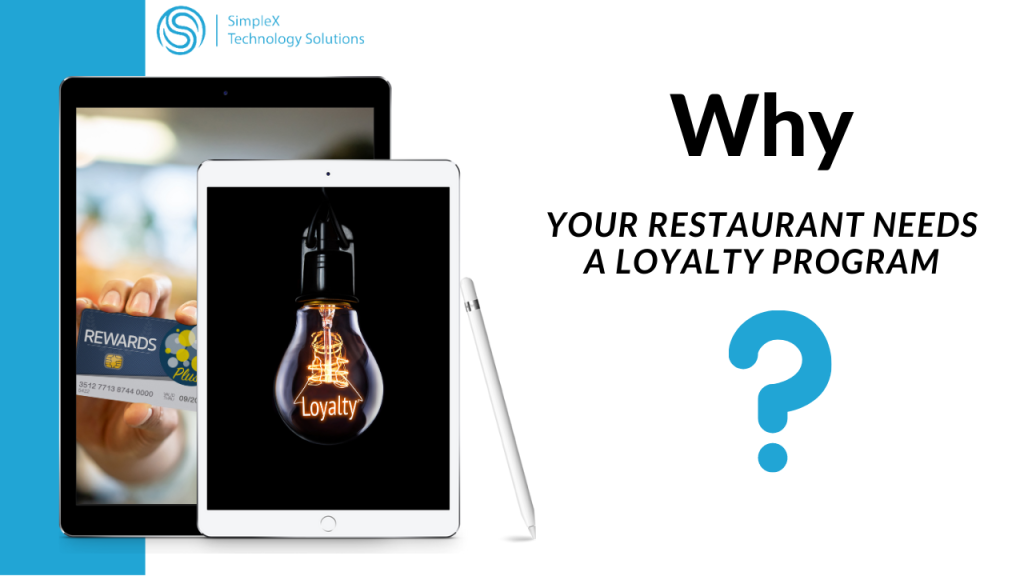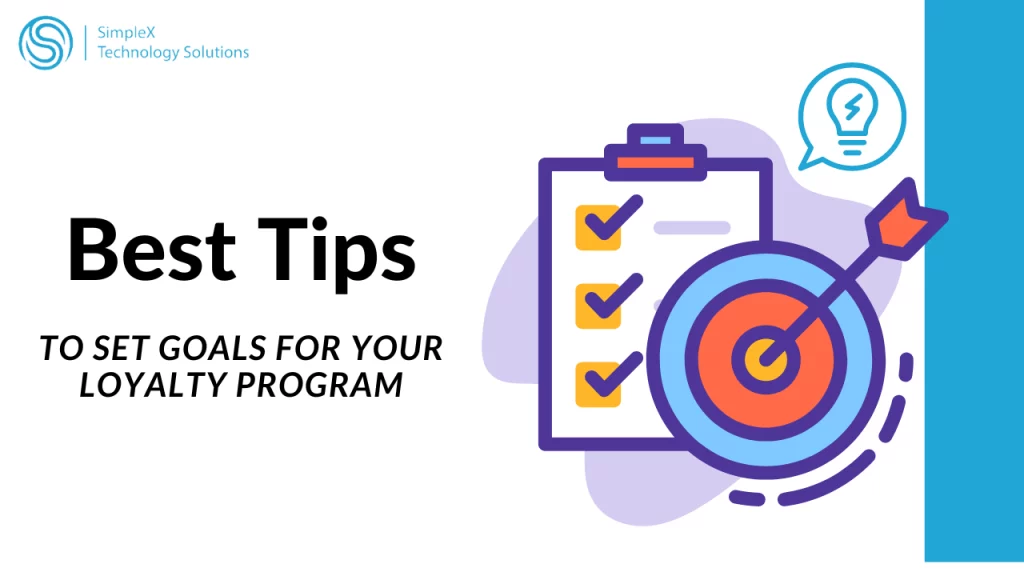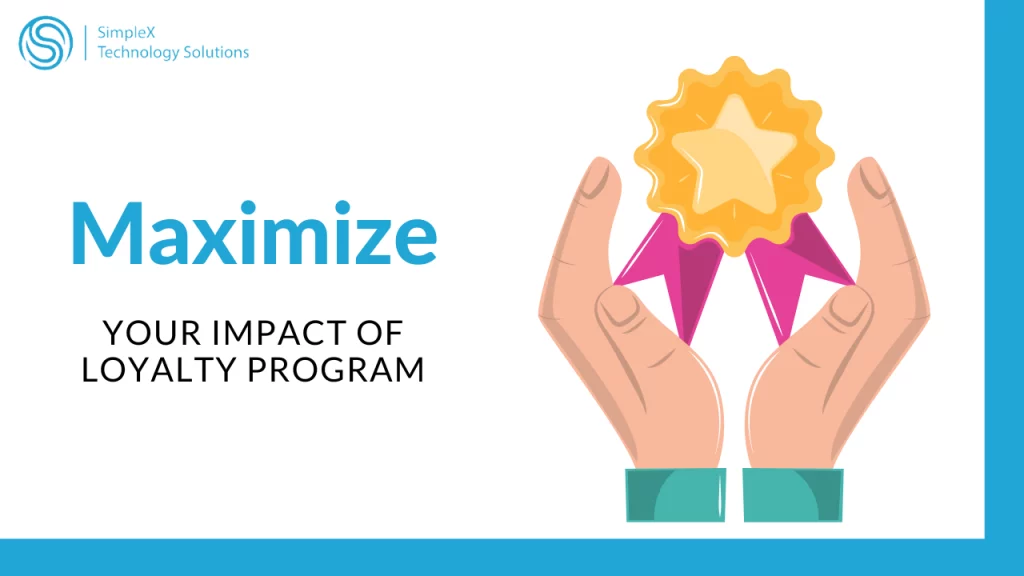Designing and launching a loyalty program is a powerful way to increase customer engagement and drive repeat business for your restaurant. By offering rewards, incentives, and other perks to loyal customers, you can create a sense of community and build stronger relationships with your patrons. However, creating a successful loyalty program requires careful planning and execution. From defining your program goals and incentives to selecting the right technology and marketing your program effectively, there are a lot of factors to consider when designing and launching a loyalty program for your restaurant. In this blog post, we’ll provide a step-by-step guide to help you design and launch a loyalty program that customers love. Whether you’re starting from scratch or looking to improve an existing program, this guide will provide you with the knowledge and tools you need to create a successful loyalty program that drives revenue and strengthens your brand
Why Your Restaurant Needs a Loyalty Program

If you’re running a restaurant, you know that it can be tough to attract and retain customers. That’s where a loyalty program comes in. A well-designed loyalty program can help you build customer loyalty, increase customer retention, and drive repeat business. In fact, studies show that customers who are part of a loyalty program are more likely to return to a business and spend more money than those who aren’t.
Setting Goals for Your Loyalty Program

Before you start designing your loyalty program, it’s important to set clear goals. What do you want to achieve with your loyalty program? Do you want to increase customer retention, boost sales, or both? Having clear goals will help you design a program that is effective and tailored to your business needs.
Defining Your Rewards
One of the most important parts of your loyalty program is the rewards you offer. Your rewards should be attractive enough to encourage customers to join your program and keep coming back to your restaurant. Common rewards include discounts, free meals, exclusive access to events, and early access to new menu items.
Choosing Your Loyalty Program Type
There are many types of loyalty programs you can choose from, including points-based programs, tiered programs, and paid programs. Each type has its own advantages and disadvantages, so it’s important to choose the type that is best suited to your restaurant and your customers.
Implementing and Marketing Your Program
Once you’ve designed your loyalty program, it’s time to implement it and start marketing it to your customers. Make sure your staff is trained on how to enroll customers in the program and how to redeem rewards. Use email, social media, and other marketing channels to promote your loyalty program to both new and existing customers.
Maximizing the Effectiveness of Your Loyalty Program

To get the most out of your loyalty program, it’s important to continually monitor and optimize its effectiveness. Use data analytics to track how many customers are participating in the program, what rewards are most popular, and how much revenue your loyalty program is generating. Use this information to make adjustments to your program as needed.
Optimizing Rewards
One key factor to consider when optimizing your loyalty program is the rewards you offer. As your program evolves, you may find that some rewards are more effective than others. For example, you may discover that customers are more likely to redeem a free meal than a percentage discount. Use this information to adjust your rewards and make them more attractive to customers.
Frequency of Rewards
Another important factor to consider is the frequency of rewards. If customers have to wait too long to earn a reward, they may lose interest in your program. On the other hand, if rewards are too easy to earn, they may not be perceived as valuable. Finding the right balance is key to keeping customers engaged and motivated to participate in your loyalty program.
Customer Feedback
Finally, don’t forget about the importance of customer feedback. Ask your customers for their thoughts on your loyalty program and what they would like to see in the future. Use this feedback to make improvements to your program and show your customers that you value their input.
Conclusion
A well-designed loyalty program can be a powerful tool for building customer loyalty and driving repeat business. By setting clear goals, defining attractive rewards, choosing the right loyalty program type, implementing and marketing your program effectively, and monitoring its effectiveness, you can create a program that customers love and that helps your restaurant grow. So what are you waiting for? Start designing your loyalty program today! Our experts can help you design and launch a program that will keep your customers coming back for more!
Follow us on LinkdIn

